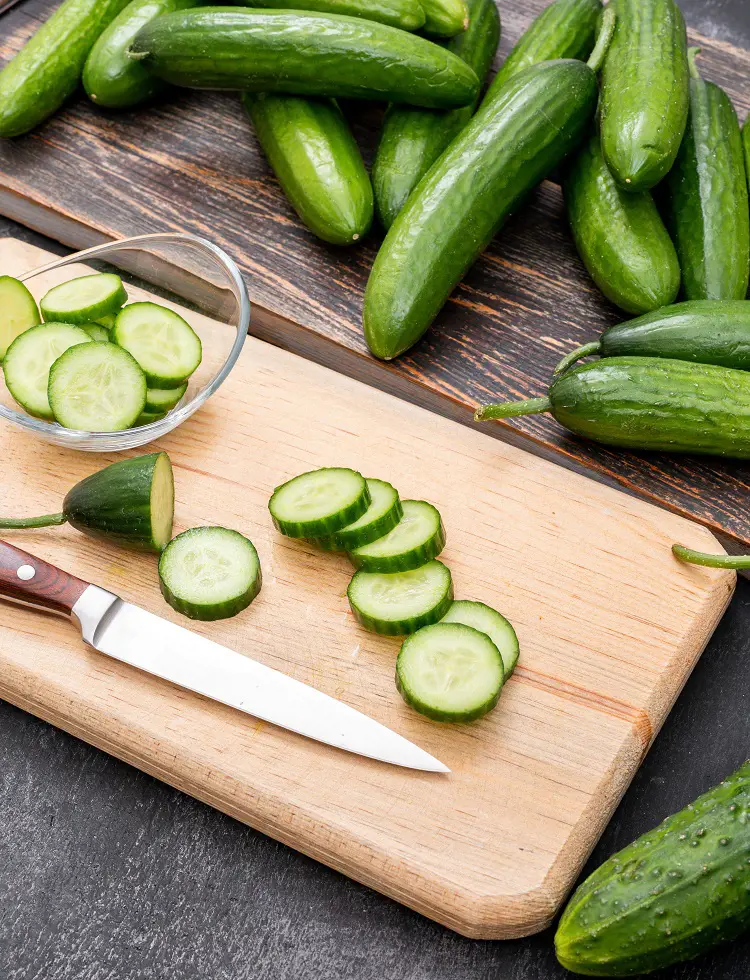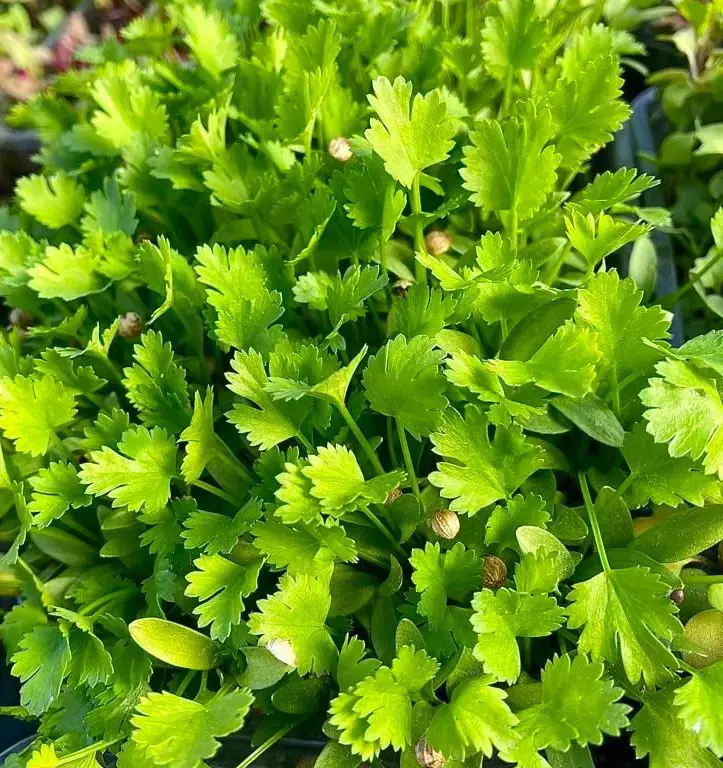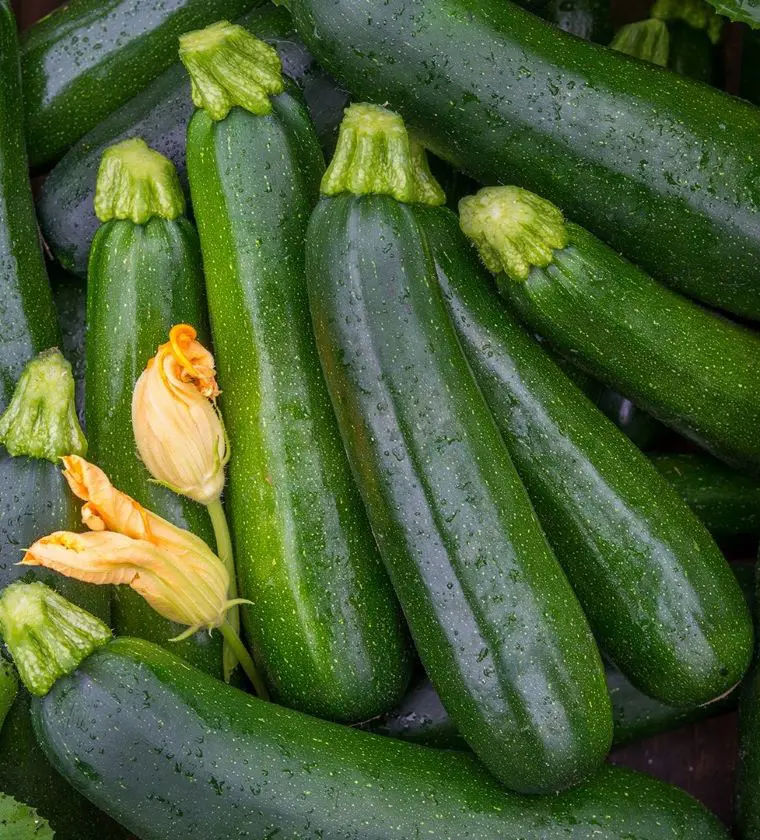How To Store Carrots So They Last Longer
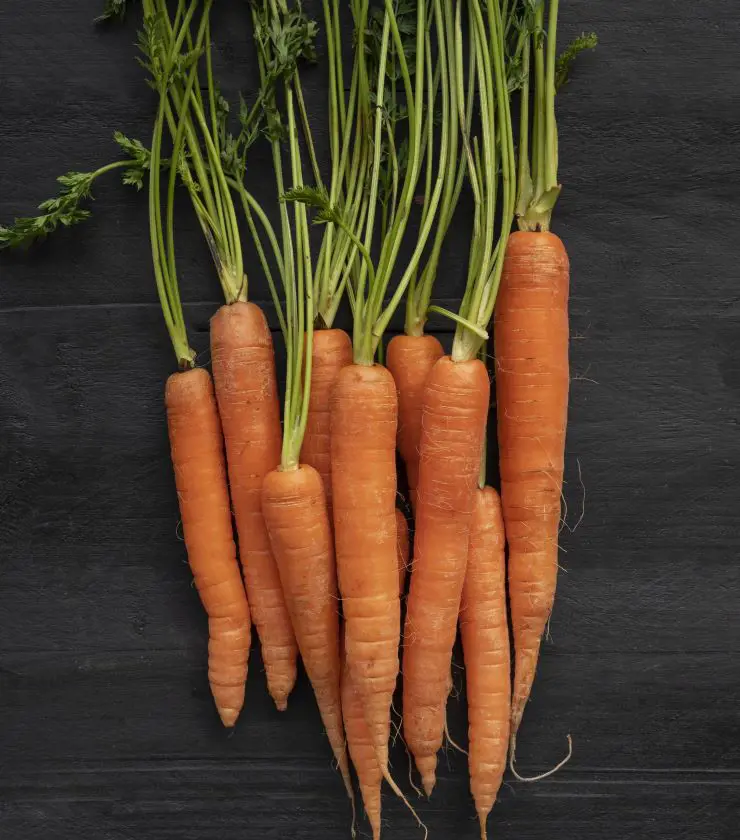
This post may contain affiliate links. If you make a purchase through links on our site, we may earn a commission.
Carrots typically last for days and weeks at room temperature. If stored properly using the right technique, it can last for several months too.
From harvesting to freezing, several ways can help extend the carrots’ shelf life. In this guide, we will be learning how to store carrots to maximize their usability and enjoy their benefits.
1. Timely Harvesting Period
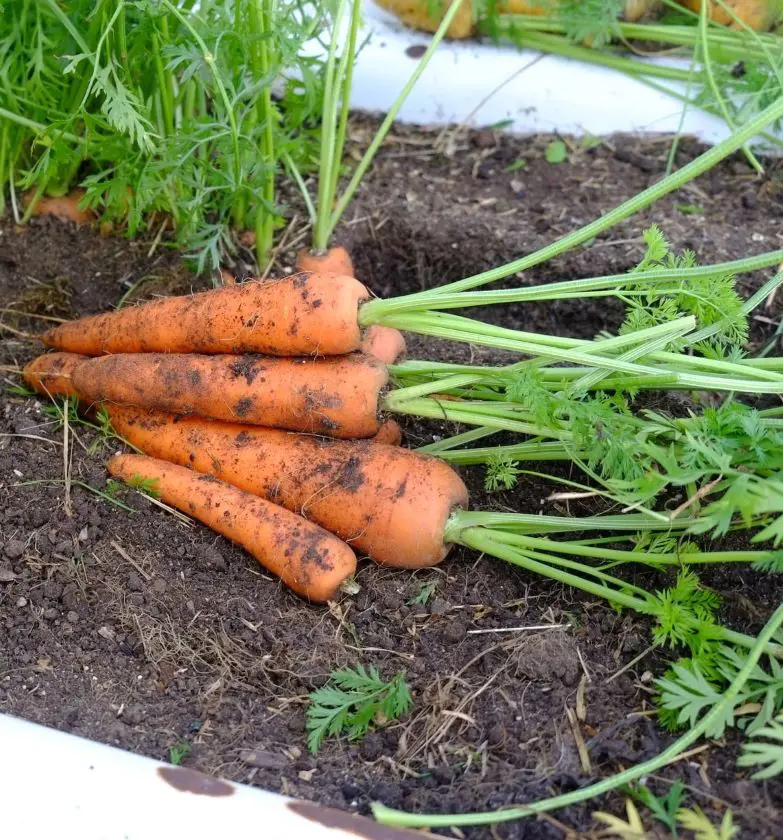
Carrots need to be harvested well at the right maturity stage. These veggies typically take roughly 70-80 days to ripen once they are planted.
During the harvesting of the carrots, they are pulled out of the soil. If the soil is dry, you need to use a fork to prevent the delicate root structure of carrots from getting injured. This makes carrot roots less susceptible to bacterial infections and extends their shelf life.
2. Trim Tops
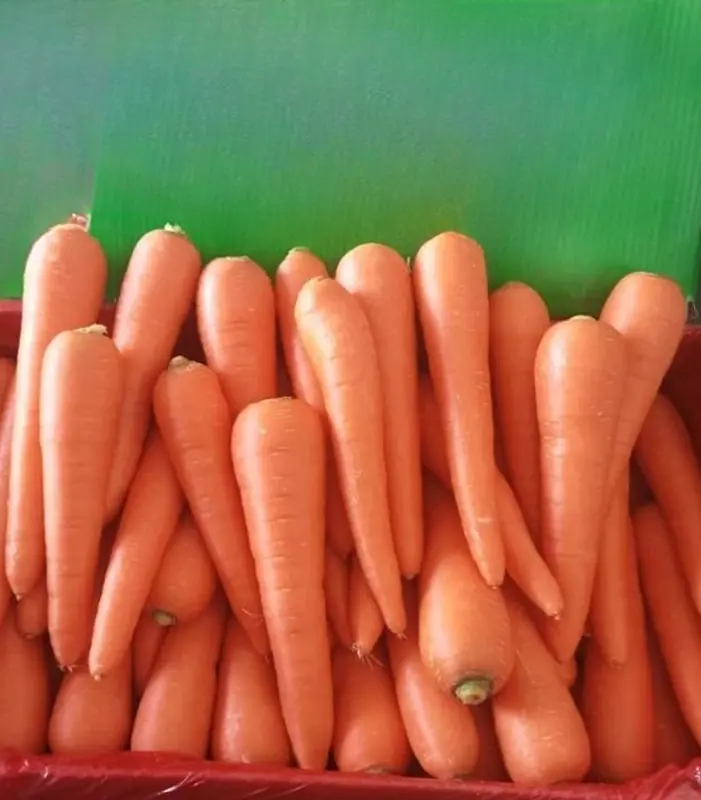
Trimming the tops of carrots is a simple yet necessary step to preserve their freshness. After harvesting, gently remove the green tops, ensuring that you have left around an inch of the stem attached to the carrot. This practice serves to prevent moisture loss, keeping the vegetables crisp.
By cutting off the leafy greens, you reduce the surface area through which moisture can escape, maintaining the vegetable's juiciness. This contributes to properly trimmed carrots not only staying fresh for a more extended period but also remaining delicious when stored.
3. Clean Thoroughly
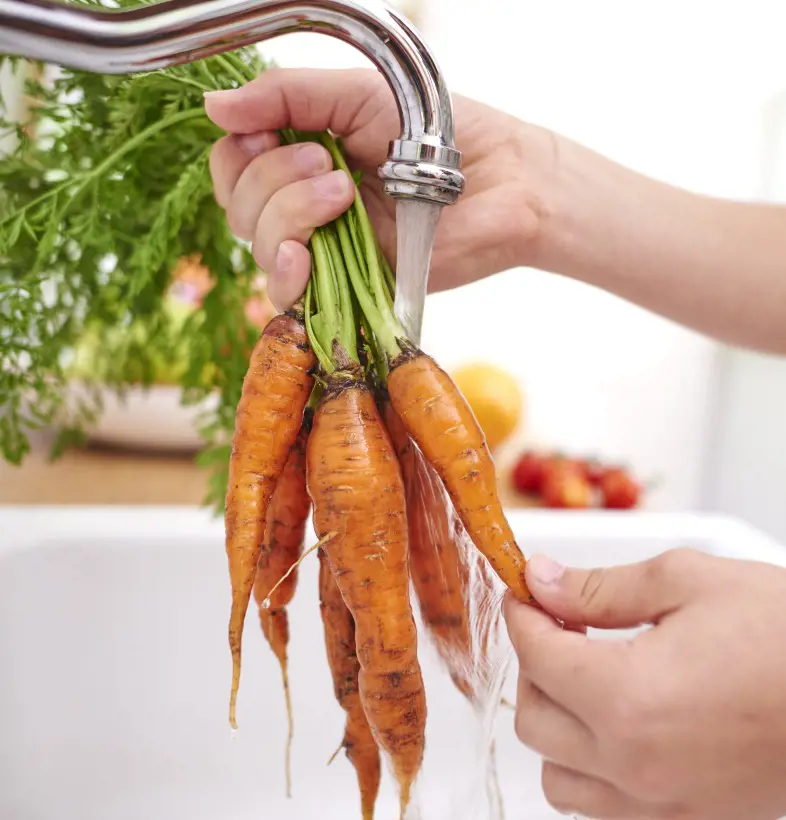
To make sure the carrots are super clean, be gentle while washing them. Use water to wash away dirt or debris on your carrots. After washing, use a clean cloth to pat them dry. Prioritize thorough cleaning to leave them nice and clean when you are done.
Cleaning these root veggies helps prevent moisture retention, reducing the risk of spoilage. Clean carrots stay fresh longer, guaranteeing they remain tasty and ready to eat when you decide to enjoy them later.
4. Sort And Separate

Sorting and separating the carrots wisely would be a great step if you are planning to store carrots for a prolonged period. You can simply begin by sorting the carrots based on size. This simple arrangement makes it easy to track and remove damaged and bruised carrots.
Storage needs may vary depending upon the varieties and size of carrots. Distinguishing them enables you to customize storage conditions (like humidity and temperature). This helps enhance their shelf-life, quality, and freshness.
5. Use Perforated Plastic Bag
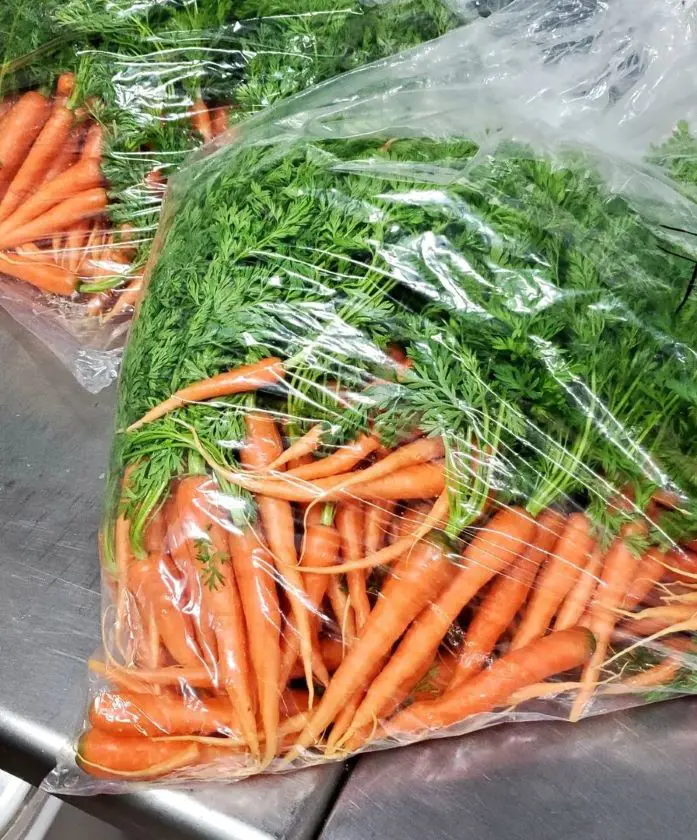
Opt for a perforated plastic bag when storing carrots. Place them inside a bag with small holes to allow for proper ventilation. The tiny holes in these bags let in air, providing ventilation and helping to maintain the suitable humidity around them.
The relative humidity is just the moisture in the air and the perforated bag proves it is perfect. When carrots maintain the right humidity, they do not become dry or acquire too much moisture.
6. Add Damp Paper Towel
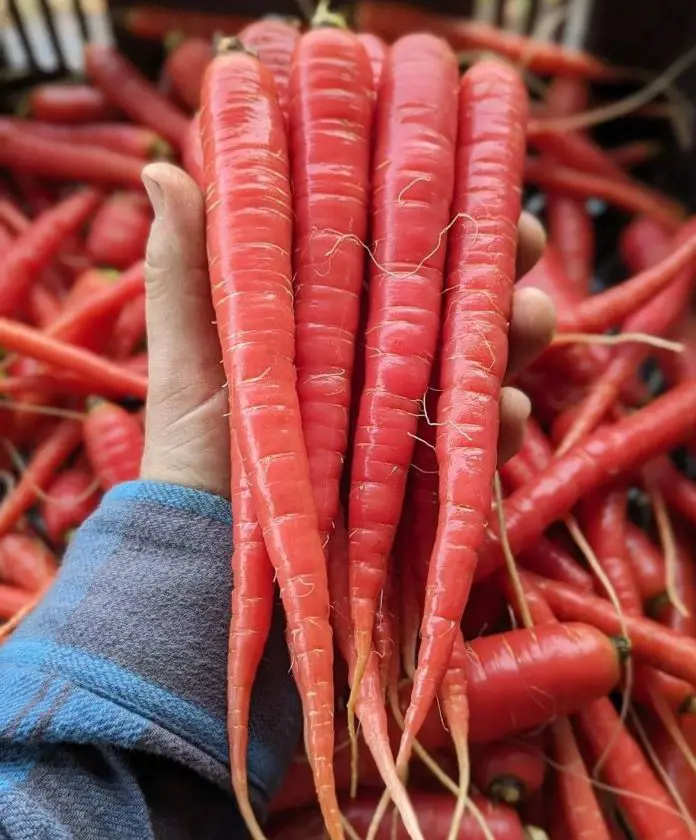
Include a slightly damp paper towel in the bag with carrots. This helps by providing some moisture without making the carrots too wet and maintaining the freshness of the carrots.
Moreover, this extra touch ensures that your carrots stay at the ideal level of moistness, enhancing their longevity. Research has indicated that putting carrots in an airtight container lined with a damp paper towel can elongate their shelf life by up to 10 times compared to loosely stored carrots in the fridge.
7. Store In Fridge
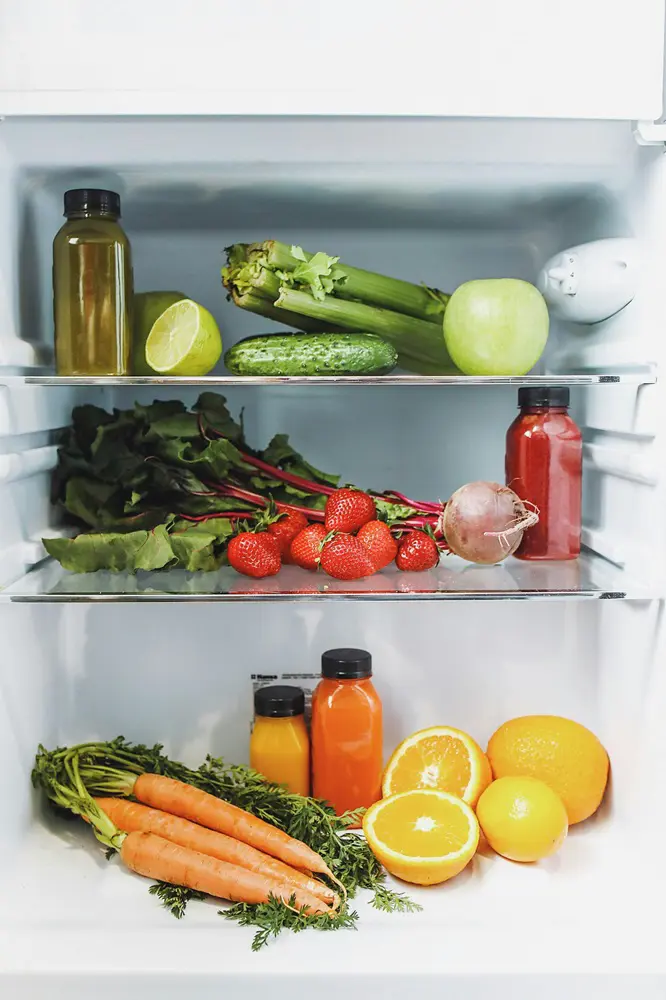
Growing as well as storing carrots is not a big deal. Carrots stored in the fridge typically have a shelf life of about three and a half weeks when kept whole. Place the bag with carrots in the vegetable crisper drawer as this drawer which is available in the refrigerator helps keep vegetables cool. The crisper drawer also aids in maintaining the right temperature and moisture for carrots.
Remember, keeping them in the bag in the special drawer in the fridge is the key to making your carrots last a long time.
8. Avoid Ethylene Producing Fruits

Always try to store fruits like apples, and bananas separately as fruits like these produce a natural plant hormone called ethylene. Ethylene acts like a messenger, telling fruits and vegetables it's time to ripen. Carrots, being sensitive to ethylene, might ripen faster if they are close to these fruits or brought in contact with them.
9. Store Away From Potatoes

Just like the fruits mentioned earlier, potatoes also release gases, particularly ethylene, which can accelerate spoilage. When stored with carrots, these emitted gases expedite the deterioration process of the carrots. To prevent this, keep them away from potatoes during storage.
When organizing your kitchen or pantry, allocate distinct areas for carrots and potatoes. This segregation not only protects against spoilage-inducing gases but also promotes an enhanced taste for these essential vegetables.
10. Consider Root Cellar Storage
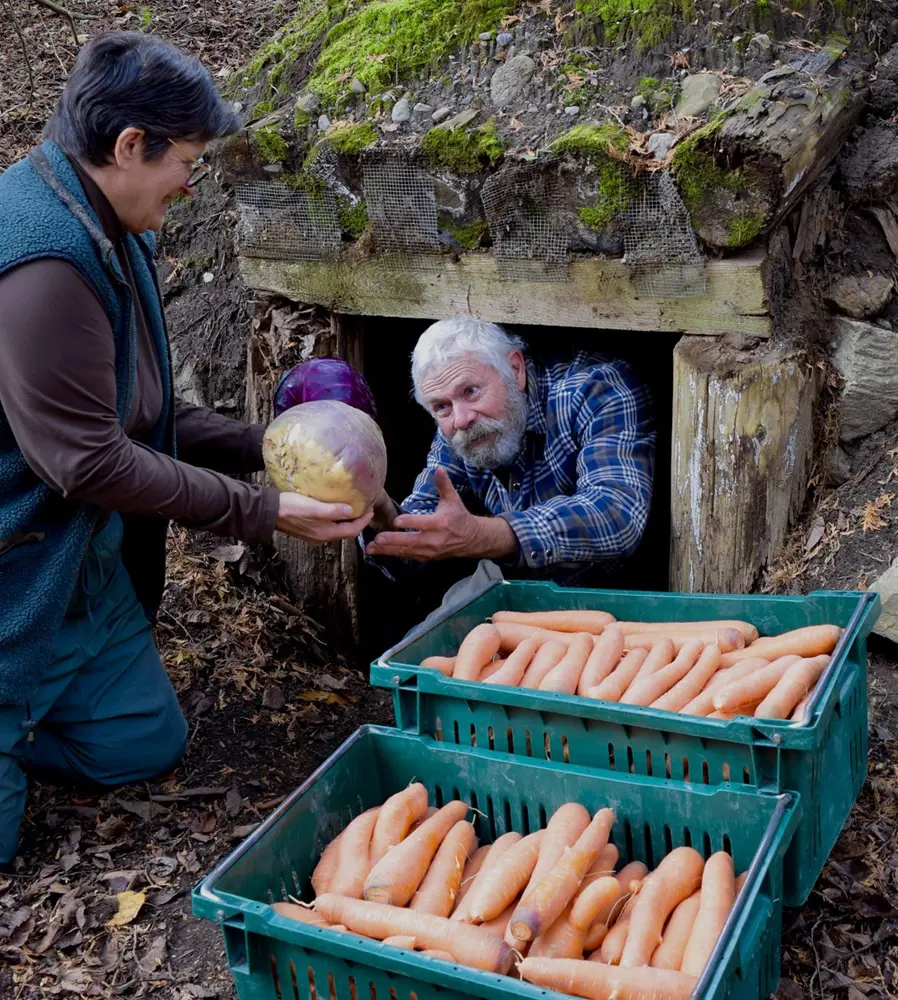
Carrots also are best stored in a root cellar if one is available to you. The cold and humid environment in the root cellar reduces the aging of the stored veggies as it is expected to do in normal circumstances.
Low temperature also helps prevent carrots from the process of softening as well as sprouting. On the other hand, higher humidity in the root cellar checks the loss of water from the carrots.
11. Monitor Regularly
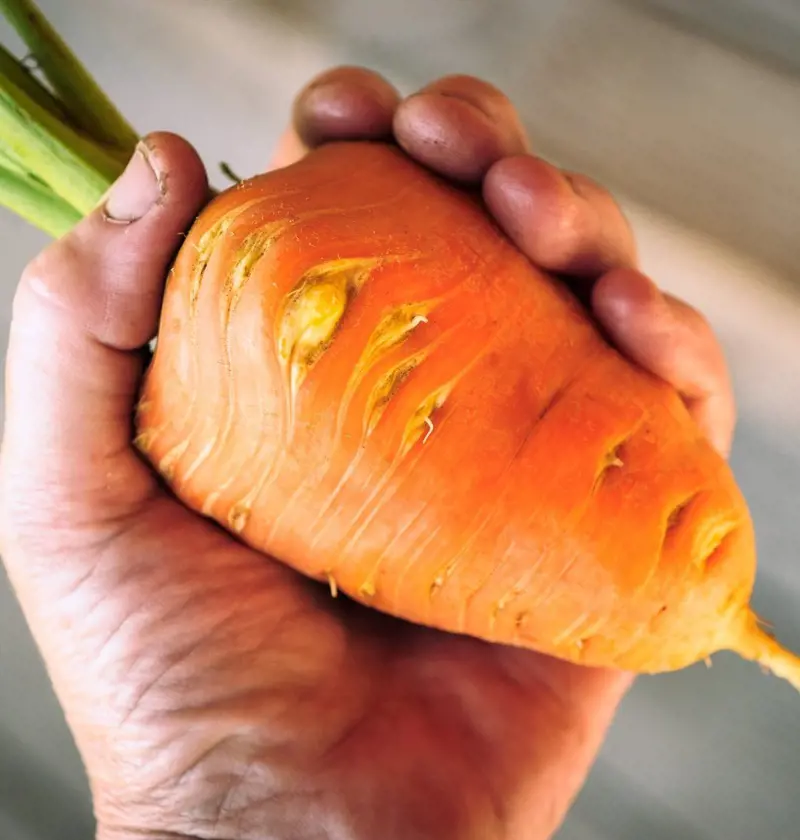
Always remember to inspect your stored vegetables regularly for any signs of spoilage, like changes in color or a bad smell. If you find any decaying carrots, remove them instantly. Staying vigilant and swiftly removing even a single compromised carrot will help sustain the quality of the whole batch.
Also, keep an eye out for mold, which can quickly spread and affect the entire supply. When monitoring your stored carrots, make sure they remain firm and free from any soft spots.
12. Freezing Carrots
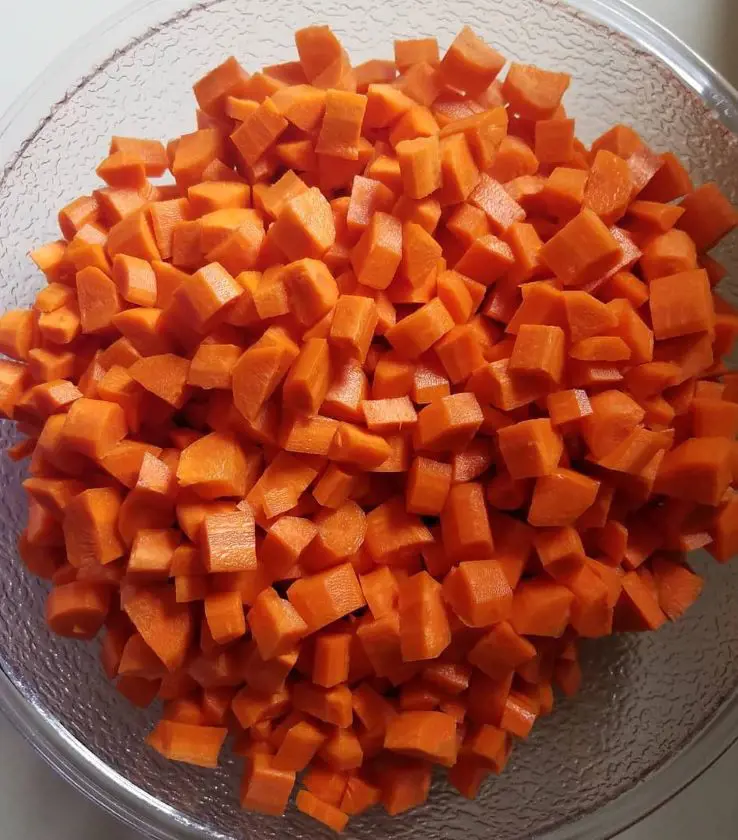
If you have excess carrots, one of the effective ways to preserve them is freezing them. Freezing is a method to cool the carrots so they stay fresh for a long time. But some steps are to be followed in the process. First, you should blanch the carrots which involves quickly boiling them and then cooling them down. Blanching helps keep the carrots fresh, refreshing and colorful.
Now, you can place the carrots in the freezer. But, make sure to slice them into small pieces to make it easier to freeze them well. You can retrieve them from the freezer, and cook them when you want to use them later.
How To Revive Limp Carrots?
There is a chance that carrots can lose water and become soft and floppy due to a lack of moisture in their cells. That's because carrot tissue requires enough water to maintain rigid cell structures. However, if you face this problem, submerging the limp carrots in cold water for an hour can help restore their crispiness to some extent. If this does not happen, you can still use them for roasting, baking and soups.
Recent posts
How To Store
How To Store
How To Store Cucumbers
A good cucumber is cool, crunchy, and refreshing, but if you don't store it right, it can turn mushy and not good to eat. To keep cucumbers fresh, store them where they can get air and not too wet. Now, let's talk about different ways to keep cucumbe...
How To Store
How To Store Garlic Properly
Garlic is a kitchen pioneer important for adding flavor and depth to countless dishes. However, if stored incorrectly, garlic may lose its potency or even go bad. When stored properly a fresh garlic bulb can last up to six months otherwise, it will o...
How To Store
How To Store Potatoes - 15 Simple Tricks
Potatoes are a versatile vegetable loved for ages. From French fries to baked potatoes, there are many ways to enjoy them and they also naturally have a long shelf life. However, it is concerning that they can't last long without proper precautions. ...
How To Store
How To Store Avocados Long Term
Avocado is a delicious, yet highly perishable fruit with nutritive benefits. Its high metabolic rate is the major contributing factor to its shorter shelf-life. The shelf-life of avocados ranges from 3-4 weeks when stored at the ideal temperature and...
How To Store
How To Store Cilantro Leaves
Cilantro is an indispensable item in our kitchen. Cilantro's seeds, leaves, and stems can all be consumed and can be used in many dishes around the world including sauces, soups, curries, etc. Cilantro is a good option because of its pleasant scent, ...
How To Store
How To Store Zucchini - 9 Tips To Keep Fresh
Zucchini belongs to the Cucurbitaceae family and is a type of summer squash. With its mild flavor and tender texture, zucchini has become a popular ingredient in numerous culinary creations. Zucchini is a sturdy veggie, but to keep it tasting yummy a...
